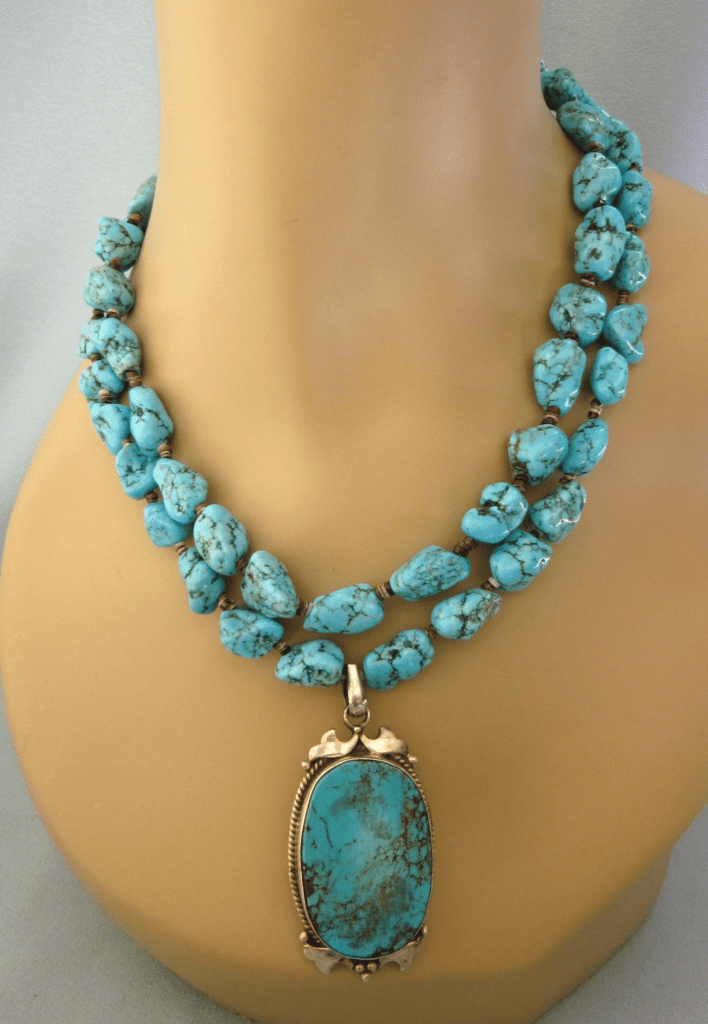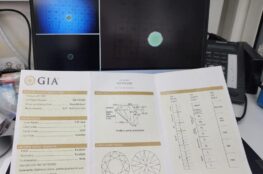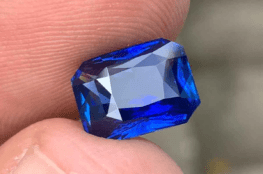Turquoise, a captivating gemstone, has been a symbol of wealth and prosperity for centuries. Its unique blue-green hue, often mottled with veins of matrix, has made it a sought-after material in jewelry and decorative items.

The Origin and Significance of Turquoise
Turquoise is formed by the action of water on copper and aluminum minerals. It’s primarily found in arid regions, with the most notable deposits in Iran, the Southwestern United States, China, and Egypt. The gemstone’s name comes from an old French term for “Turkish,” as turquoise was initially brought to Europe from Turkey.
The Unique Color Spectrum of Turquoise
The color of turquoise can range from sky blue to green, depending on the levels of copper and iron present. Sky blue turquoise, often associated with the Iranian deposits, is highly prized. However, the greenish variants from the American Southwest also have their unique charm and appeal.


Turquoise in Jewelry Making
Turquoise’s vibrant color and relative softness make it ideal for various jewelry pieces, including rings, necklaces, and bracelets. It’s often cut into cabochons or beads, and its natural veins of matrix can add to its visual appeal. However, due to its porous nature, turquoise can be prone to discoloration and damage from oils, perfumes, and other chemicals.
Turquoise Value: A Quick Overview
Sold by the gram, turquoise is an affordable gemstone whose value is influenced by color, matrix, hardness, size, and inclusions. Deep, sky blue turquoise is highly prized, while greener shades are less valuable. The presence of a matrix, the host rock in which turquoise formed, can either enhance or detract from the stone’s value, depending on its pattern and appeal to buyers.
Hardness is crucial as harder stones are more durable and suitable for jewelry. Larger stones generally command higher prices, especially if they exhibit desirable characteristics.
Inclusions like iron or copper can affect the stone’s color and pattern, potentially increasing its value. However, excessive inclusions can diminish the stone’s overall appearance and value. Understanding these factors is key for sellers and buyers to accurately assess turquoise value.

The Unstable Nature of Turquoise and Its Treatments
Over time, turquoise may undergo changes in color and texture due to its porous nature and exposure to light, heat, and chemicals. To enhance its durability and color stability, turquoise is often treated. Common treatments include waxing and oiling, which improve the gemstone’s luster and color. Another method is stabilization, which involves impregnating the turquoise with a clear resin to make it more robust and maintain its color.
The Symbolism of Turquoise
Turquoise has been revered in many cultures for its perceived protective and healing properties. It’s often associated with sky and water, symbolizing life, wealth, and prosperity. Whether it’s worn as a statement jewelry piece or used as a decorative element, turquoise continues to captivate with its unique color and ancient allure.
In conclusion, turquoise is a gemstone that combines a unique color spectrum with rich historical and cultural significance. Its use in jewelry and the various treatments applied to enhance its properties further add to its appeal and value.

